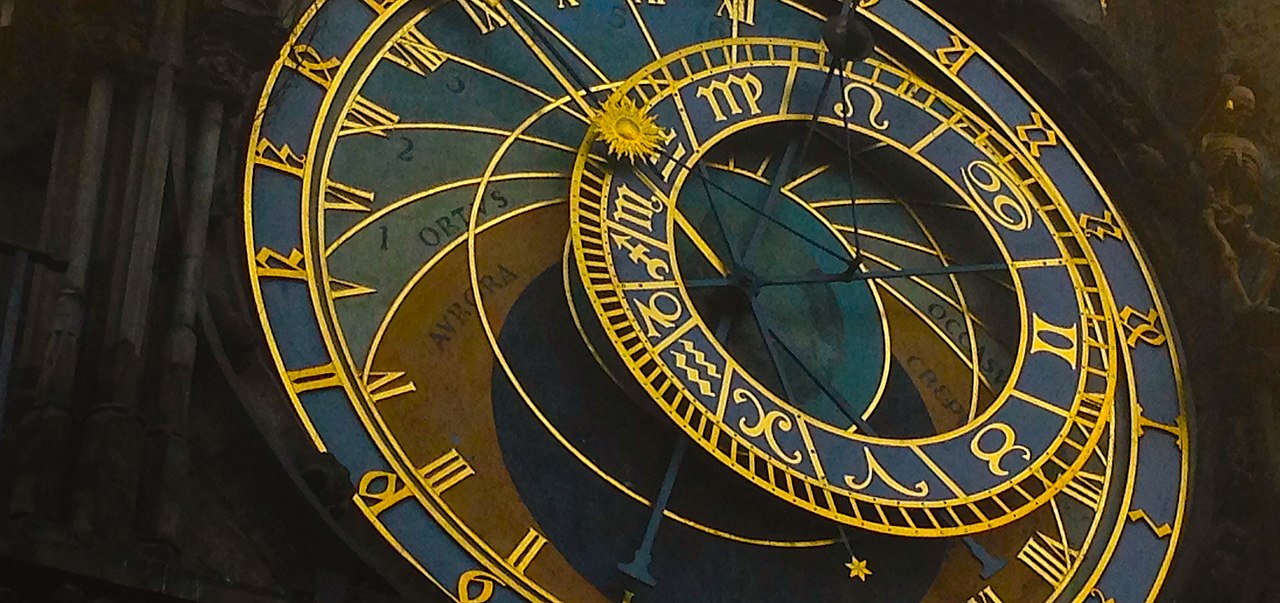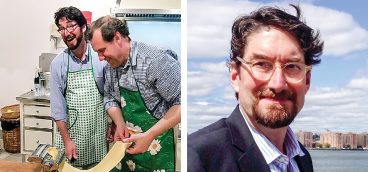Does Anybody Know What Time It Is?

In a rare show of unity, Congress seems poised to declare daylight savings time to be permanent. No longer in March will we drive distracted as we futilely fiddle with the buttons on our old car’s dashboard in a sleep deprived commute to work. The slight increase in automobile accidents in the week after the spring exercise may be caused by this distraction.
I’ll confess the fall and spring clock changes have always confused me. It’s possible my frequent befuddlement about time adjustments is just another of my many intellectual limitations, but most other people I talk with, when determining what time a future event will occur after the time change, either take a moment to think it through or get it wrong or both.
The oft-mentioned method to remember what to do, “fall back, spring ahead” hasn’t helped me much, I suspect because the phrase is missing a subject. What falls back? And what springs ahead? My first thought usually is that time falls ahead or back. That is ridiculous, of course—time couldn’t care less. It grinds on no matter what numbers our clocks display. Getting time to move ahead or backwards requires some fairly rapid travel through space, somewhere close to the speed of light.
But I do know it’s the number on our digital clock or hour hand that must spring forward or fall back. New technology certainly has made this easier. Our phones, newer cars, and other devices commanded by a chip, do this automatically. In the U.S., time is meticulously signaled to our devices from an unbelievably precise clock in Boulder, Colorado, at the National Institute of Standards and Technology (NIST). How the clock works is best explained by the following from Wikipedia.
The apparatus consists of an optical molasses made of counter-propagating lasers which cool and trap a gas of cesium atoms. Once trapped, the atoms are propelled upward by two vertical lasers inside a microwave chamber. Depending on the exact frequency of the microwaves, the cesium atoms will reach an excited state. Upon passing through a laser beam, the atoms will fluoresce (emit photons). The microwave frequency which produces maximum fluorescence is used to define the second.
That certainly clears that up. (I’m planning to look for optical molasses in my local grocery store. It’ll add more difficulty to the usual problem of which aisle seems most logical for regular molasses. Raisins fit in the same category. And tortillas. And vinegar. I’ve got an idea about this you can find near the end. But I digress.)
Perhaps the important part here is that the NIST F-1 clock is so accurate that it is unlikely to lose or gain a single second over the next 100 million years. After that, all bets are off.
Further confounding the mornings after the fall and spring time change is the fact that some digital clocks require manual adjustment while others are linked to the Boulder signal and magically change on their own. Which is which isn’t clearly shown on the clocks but can be revealed in the 2-point font printed in the little folded pamphlet (that you meticulously saved…somewhere) that came with the clock. Most clocks with the usual clock face of numbers along with a minute and hour hand require manual adjustment, though some do not. So you just have to know somehow. Which most of us probably do…somehow. You might be interested to know that one screening test physicians and other healthcare workers use to detect dementia is to ask the patient to draw a clock face with the time set to 2:45. It sounds easy but can be a little tricky. I’ve been practicing.
Other considerations arise from the seasonal time changes. Those who work nights on an hourly wage rightfully wonder how their time cards will be handled. Will they be paid the extra hour in the fall? And will they lose that pay in the spring? (I sense your brain working again here—“wait, do night workers work an extra hour in the fall? Or is it spring?)
Adding to this in recent human history is time zones. While these are certainly necessary (so Californians won’t need to arise at 4 a.m. to attend an 8 a.m. zoom call from New York), they offer similar layers of confusion. Especially when some states, Hawaii and Arizona, excepting Navaho Nation land, never participate in spring or fall time change. It turns out their approach looks to be ahead of its time (sorry).
I can imagine a single problem posed for the final exam for the college, even graduate level course, about “Time Management.”
You’re scheduled to fly from your home in Pittsburgh to San Francisco on the Sunday morning of the day this fall that daylight savings time is slated to revert to standard time. Ignoring the fact that these the time periods’ names are annoyingly unhelpful, what time will it be in San Francisco when you arrive if you depart at 9:53 AM local time and flight duration is anticipated to be three and a quarter hours? You can assume an on-time arrival. For extra credit, when you check your phone’s calendar the week before you leave, what time will it report you will arrive? Show your work. Tissues are available in the back of the room.
Because most of us will fail this final exam, I’m in favor of the law proposed in Congress to continue daylight savings time all year around. There will be some dark mornings in December (I suspect you’re now too tired of this topic to check the truth of that assertion) but the change will simplify our lives. The next challenge Congress could take on and perhaps bask in bipartisanship might be to mandate grocers shelve their misfits in a single aisle. I’ve wasted a lot of time searching for these elusive items.












